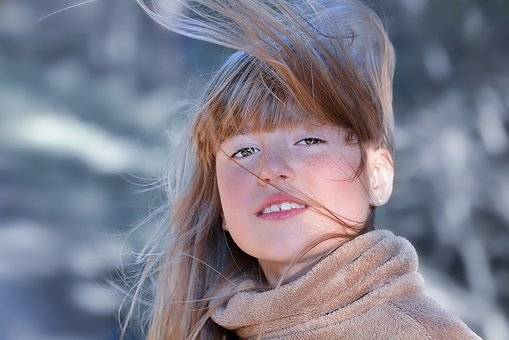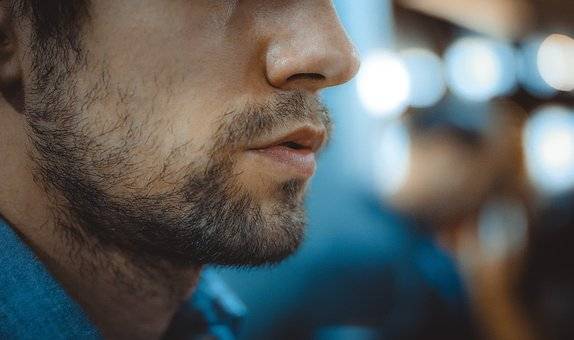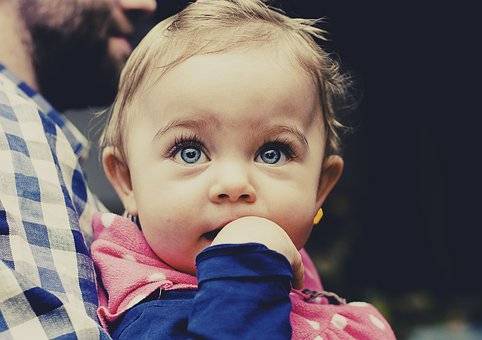Beauty comes with specific standards. This includes making a distinction on the basis of skin color, facial features, and the body’s overall shape. And among them, Caucasian facial features are more attractive. But why? There might be a specific reason for the same, right? Come along. Let’s find out.
The term “Caucasian” is related to the place “Caucasia.” A region between the Black Sea and the Caspian Sea, consisting of the countries like Armenia, Georgia, Azerbaijan, and some parts of Southern Russia. Also, looking at the geographical significance of the place, the Caucasus Mountains have stood as a natural barrier, separating Western Asia from Eastern Europe.

Going by the specific details of the place, Mount Elbrus is in Russia. Western Caucasus comprises the highest mountain peak in Europe. Towards the Southern side/Lesser Caucasus, you will see the Armenian highlands and the Javakheti Plateau.
Apart from the geographical diversity of the place and people getting known for their facial features, the Caucasian land is known for its linguistic diversity. Turkic, Indo-European, Northwest Caucasian, Kartvelian, and Northern Caucasian are the various language types found here.
Caucasian facial features – A historical overview
Members from the Göttingen school of history did introduce the term Caucasian in the 1780s aside from the other two major races, the Negroid and Mongoloid. Also, in 1785 a philosopher from Germany, Christoph Meiners, did come up with his own set of classifications “The Caucasian race encompassing the native populations of Europe, North Africa’s autochthones, West Asia’s aboriginals, and the Indians.

Succeeding the same, Johann Friedrich Blumenbach, an anthropologist, did divide humans into five races. This was based on their skin color – The Malayan (brown), Caucasian (white), Mongoloid (yellow), American (red), and Ethiopian (black).
What are Caucasian facial features?
Now coming to the main question What are Caucasian facial features? Let’s have a look into the same:
- People of Caucasian origin have a narrow nose, i.e., a thin nasal aperture.
- Their facial angle ranges between 100°–90°.
- Orthognathism – Highly distinguished features at the lower part of the face.
Also, with further studies, the anthropologists did recognize the following facial features of the Caucasoid people. They have:
- A distinctive Nasal sil.
- Quite differentiating supraorbital ridges.
- The lower section of the face does showcase minimal protrusion.
- Retreating cheekbones did make their face look more enhanced and pointed.
- A narrowed-down nasal aperture beside a nasal cavity that is tear-shaped.
What is the reason behind considering Caucasian facial features as the epitome of beauty?
The 18th-century European scholars did believe that the early human species had its origin in the Caucasus mountains. Also, they have their views supported by the factual specification
- of Caucuses being the landing point of Noah’s Ark, which according to the Bible, has made it possible for the human race to descend on Earth.
- Also, it is the suffering location of Prometheus, who, as per Hesiod’s writings, had created humankind from clay.
As an additional bonus, the most beautiful humans, i.e., Georgian people and “Circassian beauties” from Circassia and Georgia, are located in this region.

Since the middle ages, stereotypes about the “Circassian beauties” have been around, setting beauty standards for the rest of the world. Normalizing the process are the journals of modern travelers like Jean Cardin, who wrote about the attractiveness of the people from Georgia.
So from the findings, it can be determined that the place’s Historical, Biblical, and Anthropological importance makes the inhabitants stand as the epitome of beauty the world looks at.
Do Caucasian people think differently?
The Caucasian facial features make them separate from the rest of the globe. Taking inspiration from the same, scientists thought of discovering if Caucasians thought differently. In the study, researchers analyzed the brain waves of people from Asian backgrounds with that of Caucasians.
In the study, they did make European American and Asian American students memorize the behavior and face of an individual in the first phase. Then while moving into the second phase of the experiment, the research team found that the European Americans had come up with their inferences of the person, while the Asian Americans had not.
The researchers measured the brain wave patterns of individual participants. There was evidence of brain activity among the European Americans on being made aware of the individual’s physical attributes highlighted in the study. While the Asian Americans’ brains remained activity free because they were not comparing the person’s behavior with any specific pre-conceived attribute.
That way, the study helps us focus on how culture makes people consider others. Also, this sheds light on the fact that culture is deeper than we think. The behavioral aspect of a human being that is natural for us can be a deep-rooted cultural attribute.
The world perceives beauty as something distinct, one with rare availability and top-notch historical relevance backing it up. And looking at the historical, philosophical, and anthropological findings related to the Caucasian population, the facts do suffice them all. And for the time being, one can accept these very reasons to justify “why Caucasian facial features stand as the epitome of beauty.



